The Beauty of One-Color Quilting: A Guide
This article explores the elegance and simplicity of one-color quilting, offering insights into techniques, patterns, and tips for creating stunning quilts that celebrate the beauty of monochromatic designs.
One-color quilting is a unique approach that emphasizes the beauty of a single hue. Imagine stepping into a world where the richness of a single color tells a story all on its own. This technique has a fascinating history, tracing back to various cultures that embraced simplicity and the emotional depth of color. Monochromatic quilts evoke feelings of calmness and unity, pulling the viewer into a serene space where the mind can wander freely. The beauty of this style lies not just in its visual appeal but also in the emotional resonance it creates. It's like a single note in music that resonates deeply, creating a profound experience.
Selecting the perfect fabric is crucial in one-color quilting. The fabric you choose can dramatically influence the final look of your quilt. You might want to consider various types of fabric that can bring your vision to life. For instance, cotton is a popular choice due to its versatility and ease of use, while linen offers a more textured finish that can add depth. Blends, on the other hand, can provide a unique combination of qualities. When it comes to color variations, exploring different shades of the same color can create a stunning visual effect. Think of it like painting a landscape with varying shades of blue; each hue adds a layer of depth and interest.
Different fabric types can dramatically affect your quilt's appearance. Here’s a quick look at some popular options:
| Fabric Type | Characteristics |
|---|---|
| Cotton | Soft, durable, and easy to sew, making it ideal for beginners. |
| Linen | Textured and breathable, perfect for a rustic look. |
| Blends | Combines qualities of different fabrics for a unique feel. |
Exploring the concept of using various shades of a single color can transform your quilting project. Subtle differences in tone can create an illusion of depth, much like how a sunset transitions from bright orange to deep crimson. This technique not only keeps the design cohesive but also adds an element of surprise. Imagine a quilt that shifts from light to dark, inviting the viewer to explore its layers.
Texture plays a vital role in one-color quilts. Different fabric textures can add dimension and visual appeal, making your quilt stand out. Think of texture as the seasoning in a dish; it enhances the flavor and makes the experience memorable. Whether you choose a soft flannel or a crisp cotton, the texture can dramatically change how your quilt feels and looks. It’s worth experimenting with various fabrics to see how they interact with your chosen color.
Mastering essential techniques for successful one-color quilting is key to achieving stunning results. Techniques such as piecing, quilting, and binding are fundamental to enhancing the quilt's design and durability. For instance, piecing allows you to combine different shapes and sizes of fabric, creating a beautiful mosaic of your chosen color. Quilting adds texture and holds the layers together, while binding provides that neat finishing touch. Each step is like a brushstroke on a canvas, contributing to the overall masterpiece.
Patterns can elevate one-color quilts from simple to spectacular. You can explore various design options, from geometric shapes to intricate motifs, and how they can be effectively integrated into your work. The right pattern can enhance the beauty of your quilt while keeping the monochromatic theme intact. It’s like adding a melody to a beautiful song; it enriches the experience.
Geometric patterns offer a modern touch to one-color quilts. Popular geometric designs, such as triangles or hexagons, can create striking visual effects within a monochromatic palette. These designs can be arranged in various ways, allowing for endless creativity. Imagine a quilt that plays with angles and shapes, drawing the eye in and inviting admiration.
Nature-inspired designs bring a sense of tranquility to quilts. Floral motifs can be adapted to one-color quilting, enhancing the quilt's beauty while maintaining simplicity. Think of a garden where each flower blooms in varying shades of a single color, creating a harmonious landscape that feels both peaceful and vibrant.
To ensure your one-color quilting project is successful, consider these practical tips:
- Plan your design carefully before cutting your fabric.
- Measure accurately to avoid any mismatches.
- Don’t hesitate to experiment with different textures and shades.
- Troubleshoot common challenges, like fabric puckering or uneven seams, by practicing on scraps first.
Q: What is one-color quilting?
A: One-color quilting is a technique that focuses on using a single color in various shades and textures to create a cohesive and visually striking quilt.
Q: Can I use different fabric types in one quilt?
A: Absolutely! Mixing different fabric types can add depth and interest to your quilt, enhancing its overall aesthetic.
Q: What are the best patterns for one-color quilting?
A: Geometric and nature-inspired patterns work beautifully in one-color quilts, allowing for creativity while maintaining a harmonious look.
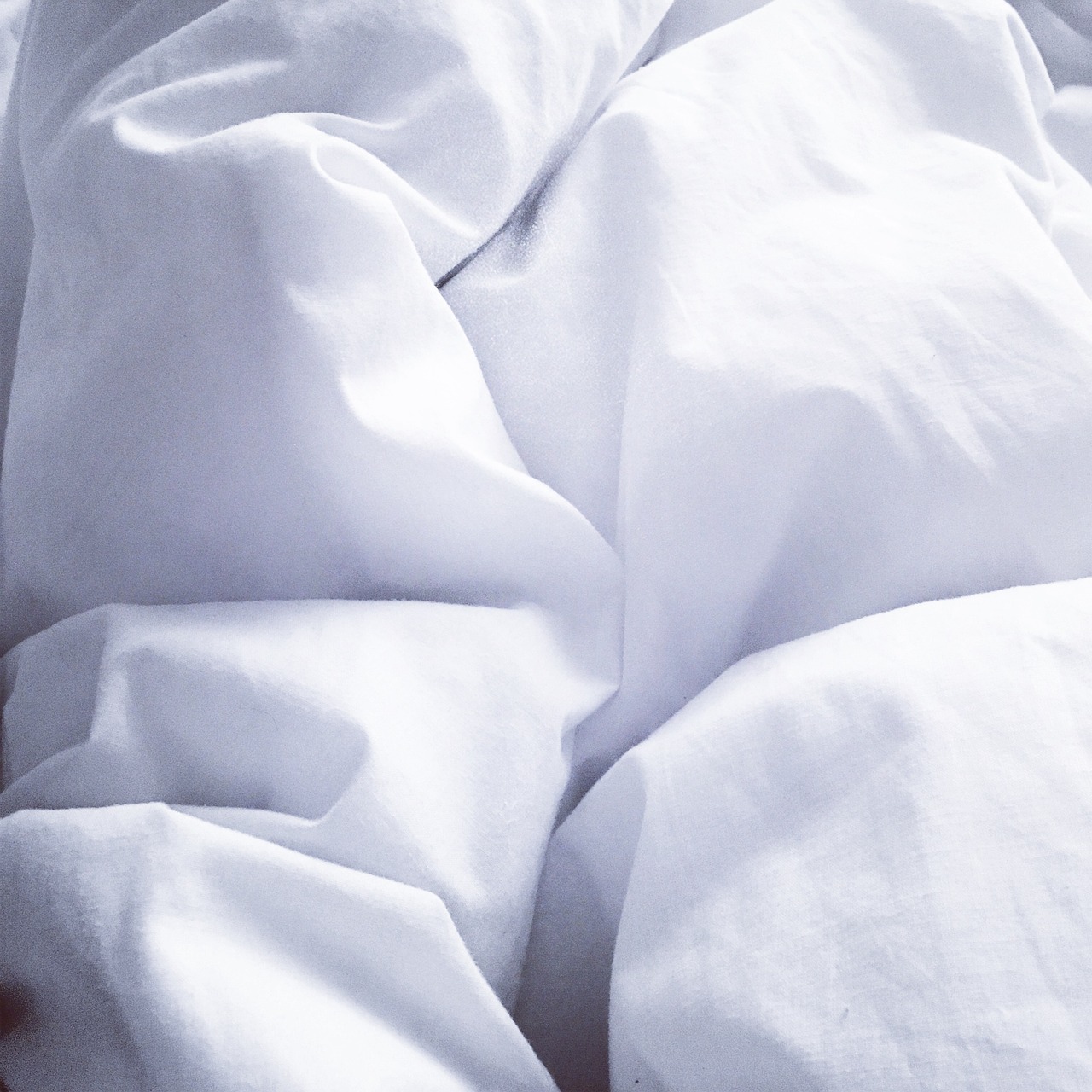
Understanding One-Color Quilting
One-color quilting is more than just a technique; it's an art form that celebrates the elegance and simplicity of a single hue. This style of quilting has roots that trace back centuries, where artisans would utilize the natural dyes available to them, creating beautiful pieces with limited resources. The significance of one-color quilting lies in its ability to evoke emotions and tell stories through the use of color alone. Each quilt becomes a canvas, showcasing the myriad of feelings that a single color can convey—from the calming effects of blue to the passionate warmth of red.
The emotional impact of monochromatic quilts is profound. Have you ever noticed how certain colors can change your mood? A quilt in soft pastels might evoke feelings of serenity, while a vibrant yellow quilt could inspire joy and energy. This emotional connection is what makes one-color quilting such a powerful medium. It's not just about the fabric; it’s about the feelings and memories that are stitched into each piece.
Historically, one-color quilts have been used in various cultures for different purposes. In some traditions, they were made for special occasions, while in others, they served as functional items for everyday use. Regardless of their purpose, these quilts always carried a sense of pride and craftsmanship. Today, many quilters are rediscovering this timeless technique, finding joy in the challenges and rewards that come with creating a quilt that focuses solely on one color.
In the world of quilting, the beauty of simplicity cannot be overstated. The absence of multiple colors allows the quilter to focus on the nuances of fabric, texture, and pattern. This minimalist approach can lead to stunning results, where the subtleties of the chosen color are highlighted. For instance, a quilt made entirely of different shades of green can create a lush, forest-like effect, drawing the viewer into its depths.
As you embark on your journey into one-color quilting, remember that the key is to embrace the simplicity and let your creativity flourish. The beauty of this technique lies in its ability to transform a single color into a masterpiece, one stitch at a time. So, why not take a leap into the world of monochromatic designs and discover the magic that awaits?

Choosing the Right Fabric
When it comes to one-color quilting, the fabric you choose can make or break your project. It's not just about picking a nice shade; it's about understanding how different materials, textures, and color variations can work together to create a stunning piece of art. So, let's dive deeper into the world of fabrics and discover what makes them special.
First off, you’ll want to consider the type of fabric. Cotton is the most popular choice among quilters, and for good reason. It’s durable, easy to work with, and comes in a wide range of colors and patterns. But don’t overlook other options! Linen, for instance, offers a luxurious feel and a unique texture that can elevate your quilt to a whole new level. Blends, which combine the best of different fibers, can also be a fantastic choice, providing both comfort and resilience. Each fabric type brings its own personality to your quilt, so choose wisely!
Here’s a quick rundown of some common fabric types you might consider:
| Fabric Type | Characteristics |
|---|---|
| Cotton | Soft, durable, and easy to sew. Ideal for most quilting projects. |
| Linen | Luxurious feel, natural texture, but can be a bit tricky to work with due to its tendency to fray. |
| Blends | Combines properties of different fibers, offering versatility and durability. |
Next, let’s talk about color variations. Even when working with a single color, you have the opportunity to play with different shades and tones. Imagine creating a quilt that transitions from a deep navy blue to a soft sky blue. These subtle shifts can add depth and interest, making your quilt visually captivating. When selecting your fabrics, try to gather a range of shades within your chosen color. This way, you can create a gradient effect that draws the eye and adds a layer of complexity to your design.
Now, let’s not forget about texture. The feel of your quilt is just as important as how it looks. Mixing different textures can create a quilt that not only catches the eye but also feels amazing to touch. Think about pairing smooth cotton with a slightly rough linen or a soft flannel. This contrast can turn a simple quilt into a tactile experience. Additionally, consider how the texture will affect the quilt’s drape. A quilt made entirely of heavy fabrics might be beautiful but could also be cumbersome. Balance is key!
In conclusion, when choosing the right fabric for your one-color quilting project, take the time to explore the different types, shades, and textures available. Each choice you make will contribute to the overall beauty and success of your quilt. Remember, quilting is not just about creating something functional; it's about expressing yourself and bringing joy into your life and the lives of others. So, get out there, feel the fabrics, and let your creativity flow!
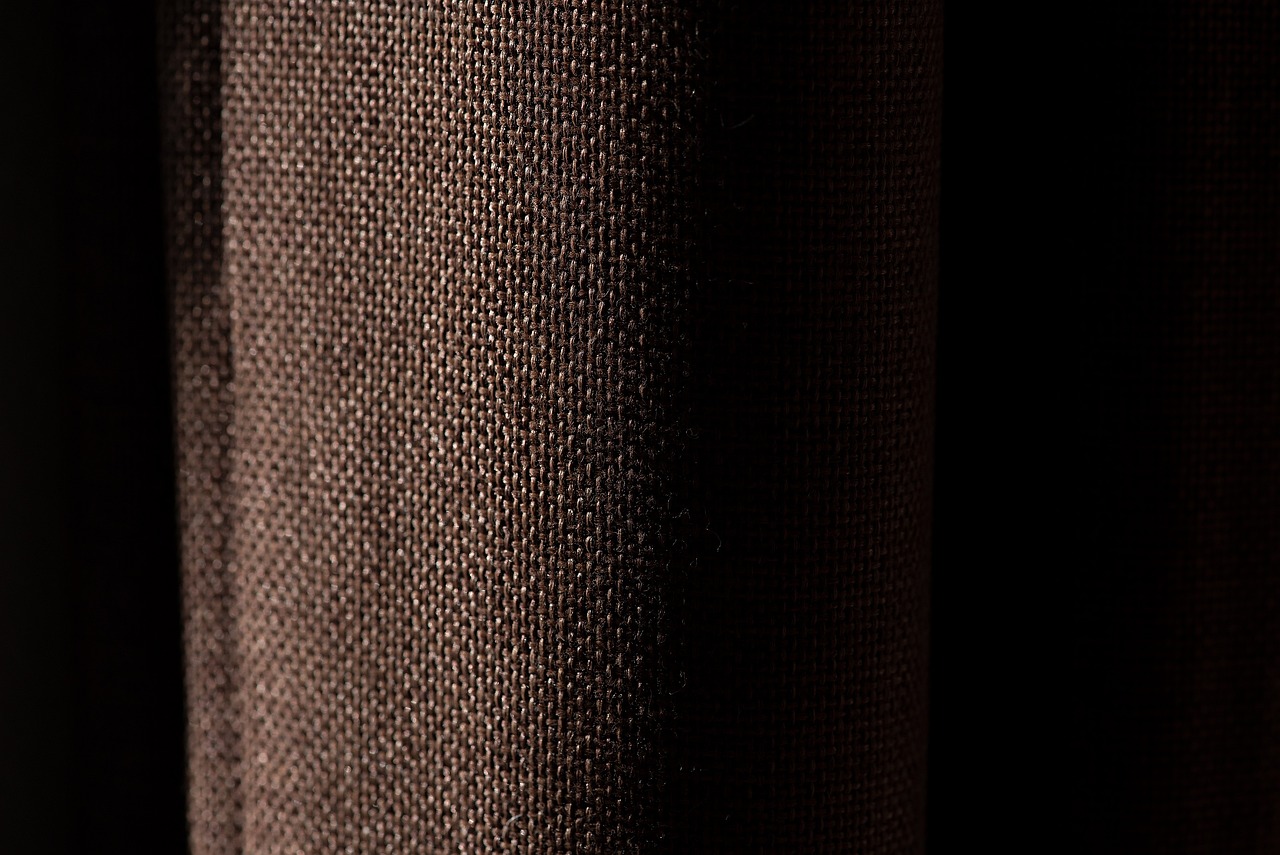
Fabric Types and Their Characteristics
When it comes to one-color quilting, the choice of fabric is pivotal in creating a stunning visual masterpiece. Different fabric types not only influence the quilt's aesthetic but also its durability and feel. Let's explore some of the most popular fabric types used in quilting, their unique characteristics, and how they can affect your quilting project.
Cotton is the most widely used fabric for quilting, and for good reason. It's breathable, easy to work with, and comes in a plethora of colors and prints. Cotton has a natural softness that makes it comfortable against the skin, which is especially important if your quilt will be used for snuggling. Moreover, it holds its shape well, making it ideal for intricate piecing and detailed designs. The versatility of cotton allows quilters to experiment with various shades of a single color, creating depth and interest in their quilts.
On the other hand, linen offers a more textured and rustic feel. It’s a bit less forgiving than cotton, but its unique drape and natural luster can add an elegant touch to your one-color quilt. Linen is also known for its durability, making it a great choice for quilts that will see a lot of use. However, it's essential to pre-wash linen as it tends to shrink more than cotton. The subtle variations in color and texture can create a beautiful, organic look that’s perfect for a monochromatic design.
Then we have blends, which combine cotton with synthetic fibers like polyester. These fabrics often offer the best of both worlds: the softness and breathability of cotton, along with the durability and wrinkle resistance of synthetics. Blends can be a fantastic option for those who want a quilt that stands up to everyday wear while still looking fabulous. Additionally, they often come in a wide range of colors, making it easy to find the perfect shade for your one-color project.
To better understand the differences, here's a quick comparison table:
| Fabric Type | Characteristics | Best For |
|---|---|---|
| Cotton | Soft, breathable, easy to work with | General quilting, intricate designs |
| Linen | Textured, rustic, durable | Elegant, organic quilts |
| Blends | Soft, durable, wrinkle-resistant | Everyday quilts, longevity |
Ultimately, the fabric you choose will play a significant role in the overall look and feel of your quilt. When selecting your materials, consider how each type will complement your design and the emotional response you want to evoke through your one-color quilting project. Remember, the beauty of a monochromatic quilt lies not just in its color, but in the textures and materials that bring it to life!
Q: Can I use any fabric for one-color quilting?
A: While you can technically use any fabric, it's best to stick with quilting cotton, linen, or blends for optimal results. These fabrics are designed for quilting and will provide the best durability and appearance.
Q: How do I choose the right shade for my quilt?
A: Consider the mood you want to create. Lighter shades can evoke a sense of calm, while darker shades can add drama. It's also helpful to use a color wheel to see how different shades of the same color interact.
Q: Should I pre-wash my fabric?
A: Yes! Pre-washing helps to prevent shrinking and color bleeding after your quilt is completed. It’s a good practice to ensure your quilt maintains its beauty over time.

Color Variations in One Shade
When embarking on a one-color quilting journey, the concept of using multiple shades of a single color can transform your quilt from a simple project into a breathtaking masterpiece. Imagine a field of flowers, all in varying shades of blue, creating a stunning gradient that draws the eye and evokes emotion. This is the beauty of color variations in one shade, and it can add remarkable depth to your quilting.
Utilizing different tints, tones, and shades of a single color can create a visual feast. For instance, if you choose blue as your primary color, you might incorporate a soft baby blue, a vibrant cobalt, and a deep navy. Each of these shades contributes to a harmonious yet dynamic composition. The interplay of light and dark fabrics can guide the viewer’s eye across the quilt, creating a sense of movement and flow.
To illustrate this concept, consider the following table that outlines how different shades can be used effectively in your quilting:
| Shade | Effect | Example Use |
|---|---|---|
| Light Shade | Creates a sense of openness and airiness | Background or large blocks |
| Medium Shade | Adds depth without overwhelming | Borders or secondary patterns |
| Dark Shade | Provides contrast and highlights details | Accents or intricate motifs |
Incorporating these variations not only enhances the quilt's visual appeal but also allows for personal expression. You might find yourself drawn to the calming hues of a monochromatic green palette, where each shade tells a story of nature, from the soft pastel greens of spring to the deep forest tones of summer. This approach invites the quilter to explore the emotional connections that colors evoke, making the quilting process not just a craft but a personal journey.
Moreover, when planning your quilt, consider how the arrangement of these shades can affect the overall design. A quilt that transitions from light to dark can create a stunning ombre effect, while a patchwork of various shades can add complexity and intrigue. Don't hesitate to experiment with different combinations and placements—sometimes the most unexpected arrangements yield the most beautiful results.
In conclusion, the use of color variations in one shade is a powerful tool in the art of quilting. It allows you to play with light, depth, and emotion, resulting in quilts that are not only visually stunning but also deeply personal. So, the next time you sit down to quilt, remember that the world of color is at your fingertips, waiting to be explored!
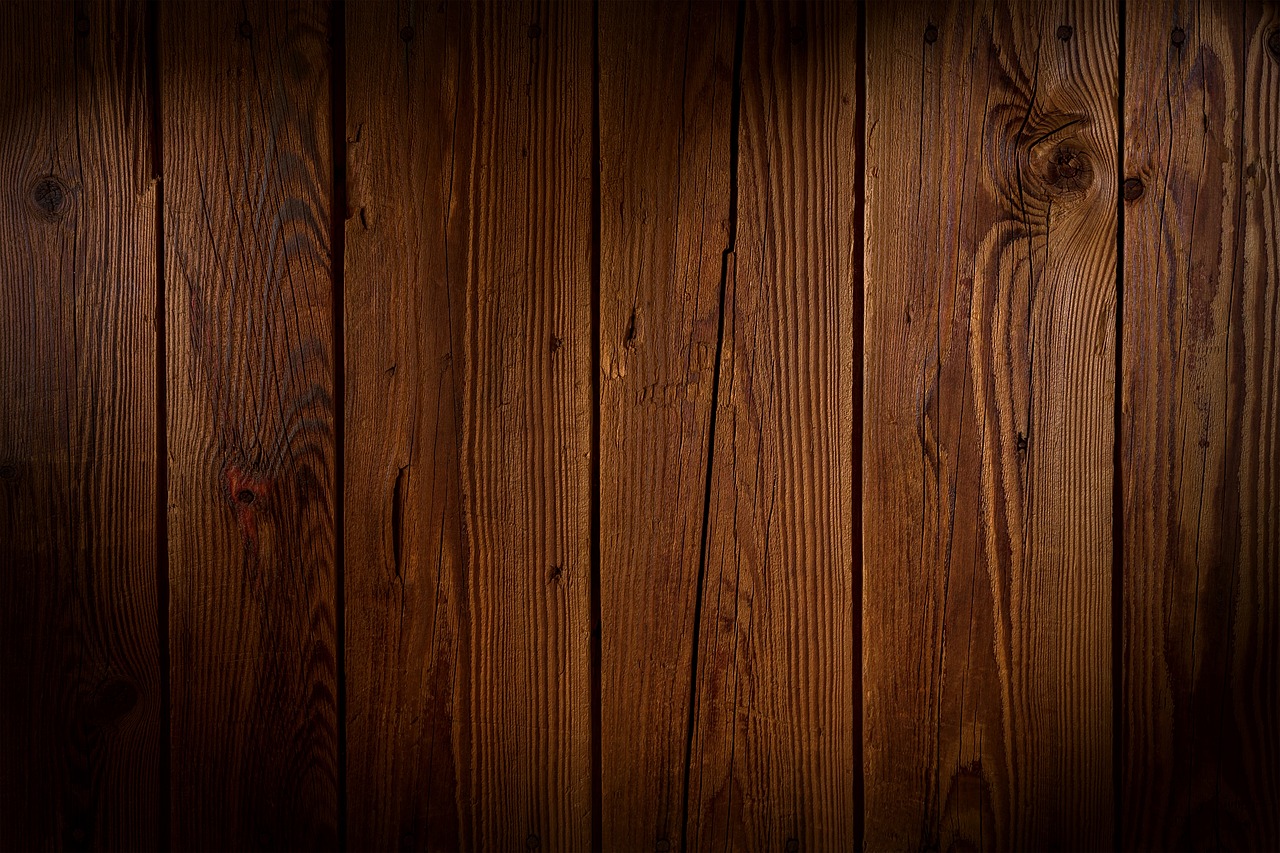
Texture and Its Importance
When it comes to one-color quilting, texture is not just an afterthought; it’s a critical element that can transform a simple quilt into a breathtaking masterpiece. Imagine wrapping yourself in a quilt that not only looks stunning but also feels incredible against your skin. The tactile experience can evoke emotions and memories, making your quilt more than just a decorative piece. It becomes a cherished item that tells a story.
Different fabric textures can create a layered effect, adding depth and visual interest even within a monochromatic palette. For instance, combining smooth cotton with a slightly rough linen can create a beautiful contrast that draws the eye. The interplay of textures can make each section of the quilt stand out, even though they share the same color.
Here are a few types of fabric textures you might consider for your one-color quilt:
- Cotton: Soft and versatile, cotton is a staple in quilting. It provides a smooth surface that is easy to work with and comes in various weights.
- Linen: Known for its natural luster, linen adds a touch of elegance. Its slightly coarse texture can give your quilt a rustic charm.
- Velvet: If you want to make a statement, velvet is the way to go. Its rich texture adds luxury and depth, making the quilt feel opulent.
- Silk: For those looking to create an heirloom piece, silk provides a soft, shimmering finish that is simply breathtaking.
Incorporating these textures into your quilt can elevate its overall aesthetic. For example, a quilt featuring a mix of cotton and velvet can create a striking contrast that captivates anyone who sees it. The smoothness of cotton paired with the plushness of velvet can evoke a sense of warmth and comfort, inviting you to snuggle up and enjoy its beauty.
Moreover, the way light interacts with different textures can also enhance the visual appeal of your quilt. A quilt made entirely of cotton might appear flat under certain lighting, whereas a quilt that incorporates various textures can catch the light in different ways, creating a dynamic and lively appearance. This effect can be particularly striking when using a single color, as the variations in texture will create a rich tapestry of shades and tones.
So, as you embark on your one-color quilting journey, remember that texture is your ally. It can transform a simple design into a stunning work of art, making your quilt not only a visual delight but also a tactile experience that you and your loved ones will treasure for years to come.
Q1: What is the best fabric for one-color quilting?
A1: Cotton is often recommended due to its versatility and ease of use. However, mixing in textures like linen or velvet can enhance the overall look.
Q2: How do I choose the right shades for my quilt?
A2: Consider using different shades of the same color to create depth. Swatches can help you visualize how the colors will work together.
Q3: Can I use a single design for my one-color quilt?
A3: Absolutely! Using a single design can create a stunning effect, especially if you play with different textures and fabric types.
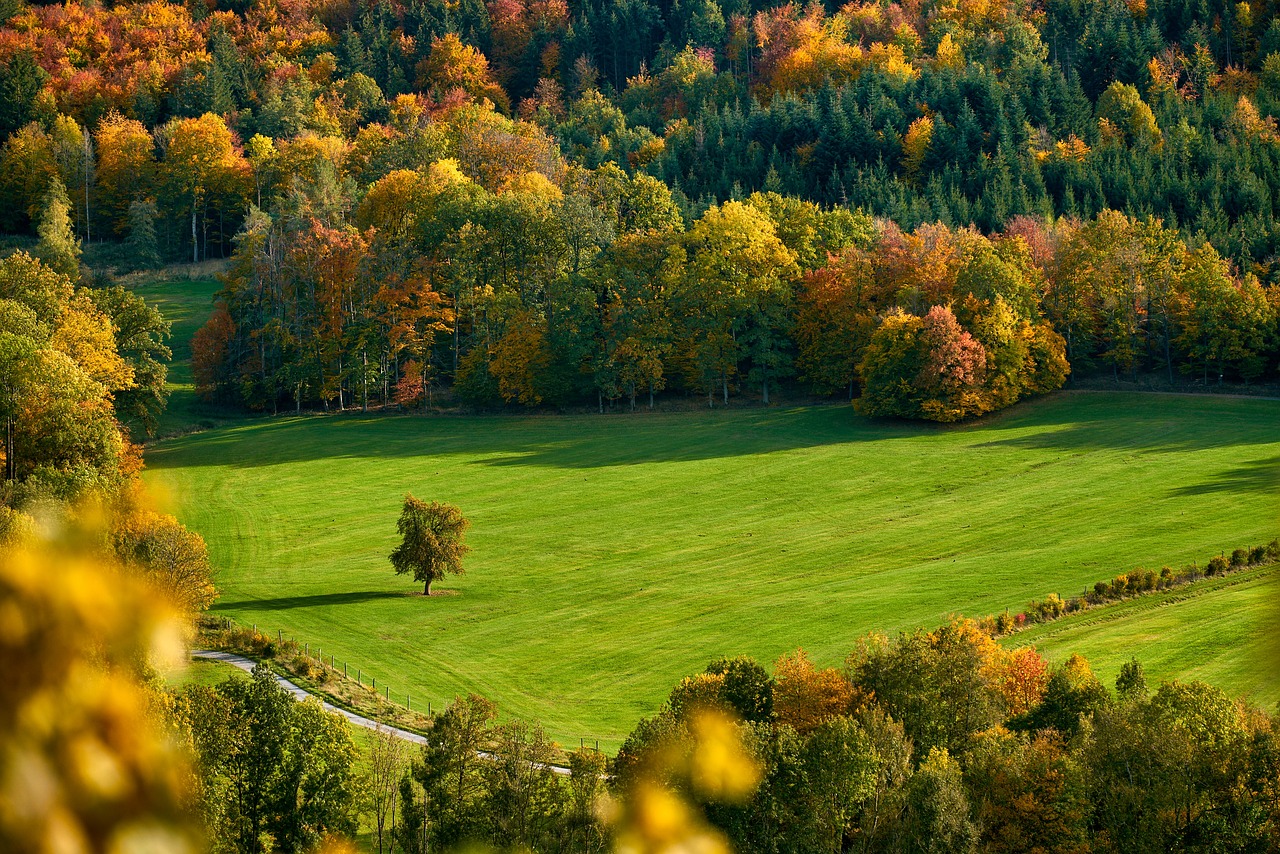
Techniques for One-Color Quilting
One-color quilting may seem straightforward, but the techniques involved can truly elevate your project to an art form. Mastering the right techniques is essential for creating a quilt that not only looks stunning but also stands the test of time. Whether you're a seasoned quilter or just starting out, understanding the fundamental methods will help you achieve a professional finish.
First and foremost, piecing is the backbone of any quilting project. This is the process where you sew together different fabric pieces to create the quilt top. In one-color quilting, the challenge lies in ensuring that the seams are precise and the fabric aligns perfectly. To achieve this, it's crucial to use a sharp rotary cutter and a cutting mat to ensure clean edges. Additionally, a quarter-inch seam allowance is typically recommended, as it helps maintain the quilt's overall shape and structure.
Next, let's talk about quilting itself, which is the act of sewing through the quilt layers to hold them together. In one-color quilting, the quilting pattern can be a way to introduce texture and interest without adding another color. Consider using free-motion quilting techniques, where you can create swirls or loops that add a dynamic feel to your quilt. Alternatively, straight-line quilting can offer a more modern and minimalist look, complementing the monochromatic theme beautifully.
Another important aspect is binding, which is the finishing touch that frames your quilt. Binding can be done in the same color or in a slightly different shade to create a subtle contrast. When applying the binding, ensure that it is securely stitched to prevent any fraying. A well-executed binding not only enhances the quilt's aesthetic but also protects the edges from wear and tear.
To further refine your technique, consider the following tips:
- Practice Precision: Use a consistent seam allowance and ensure your cutting is accurate.
- Experiment with Quilting Patterns: Try different quilting designs to see what enhances your quilt best.
- Use Quality Tools: Invest in good quality rotary cutters, rulers, and mats for the best results.
Finally, it's essential to be patient and allow yourself to learn through the process. Every quilt is a journey, and each mistake is a stepping stone toward mastering your craft. With practice, the techniques of one-color quilting will become second nature, allowing you to express your creativity in beautiful, monochromatic designs.
Q: What is the best fabric for one-color quilting?
A: Cotton is often the preferred choice due to its durability and ease of handling. However, linen can also be used for a more textured look, and blends can offer unique characteristics.
Q: Can I mix different shades of the same color in my quilt?
A: Absolutely! Using various shades can add depth and dimension to your quilt, making it visually interesting while still adhering to the one-color theme.
Q: How do I choose a quilting pattern for a one-color quilt?
A: Look for patterns that complement the fabric's texture and your overall design. Geometric shapes or simple motifs often work well to maintain the quilt's elegance.
Q: What tools do I need to start one-color quilting?
A: Essential tools include a rotary cutter, cutting mat, quilting ruler, sewing machine, and high-quality thread. These will help you achieve precise cuts and seams.
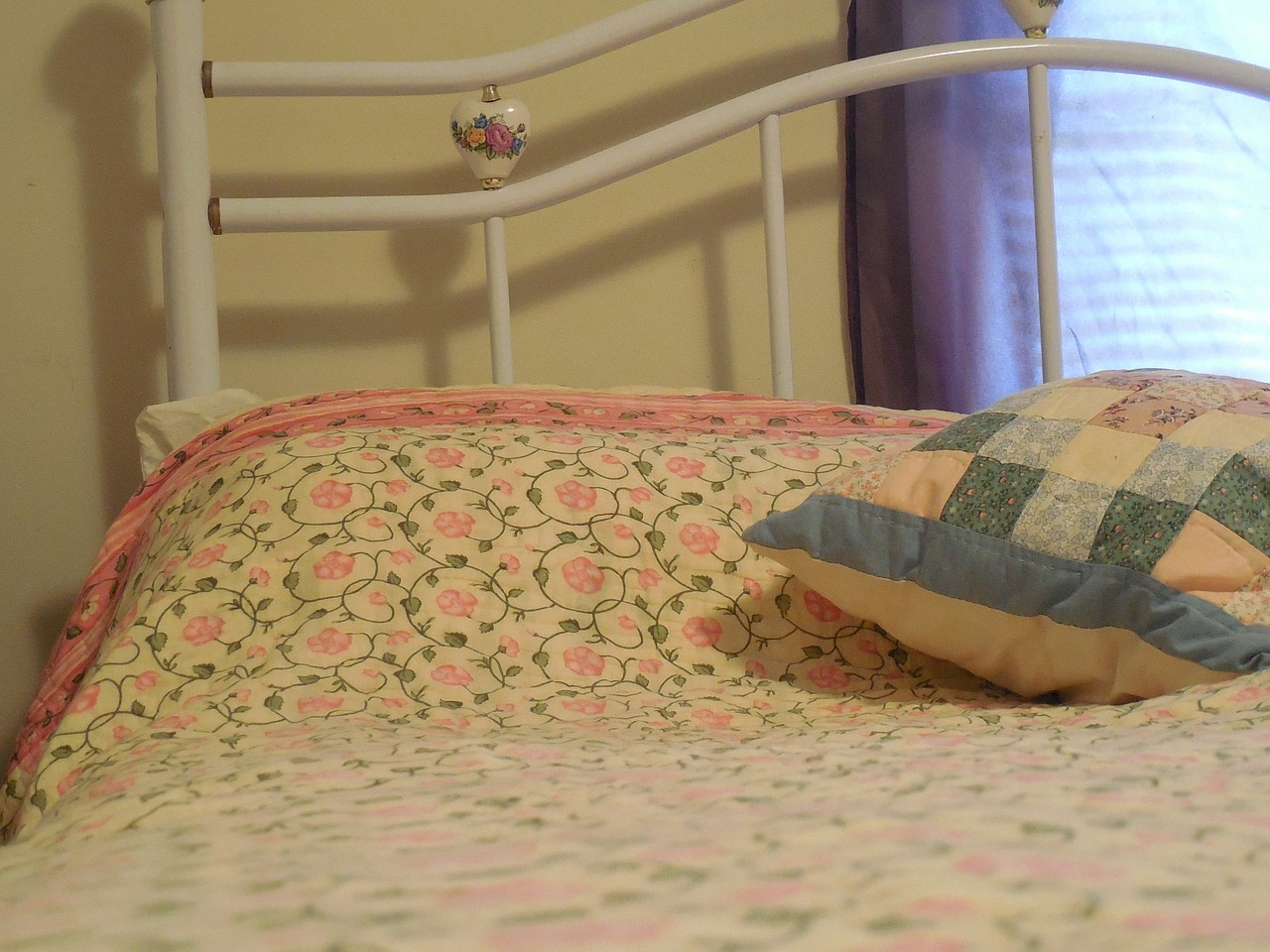
Incorporating Patterns and Designs
When it comes to one-color quilting, the incorporation of patterns and designs can truly transform a simple quilt into a breathtaking masterpiece. Patterns act as the visual language of your quilt, speaking volumes about your style and creativity. Imagine a quilt that, at first glance, seems simple and monochromatic, but upon closer inspection, reveals layers of intricate designs that captivate the viewer's eye. This is the magic of integrating patterns into one-color quilting.
There are countless ways to incorporate patterns into your quilting projects, and the best part is that they can dramatically enhance the aesthetic without overwhelming the beauty of a single color. From geometric shapes that bring a modern flair to your work, to floral and nature-inspired motifs that evoke a sense of calm, the options are endless. Each pattern tells a story, and when combined with a monochromatic palette, they can create a harmonious balance between simplicity and complexity.
One popular approach to adding patterns is through the use of geometric designs. These designs can range from simple squares and triangles to more complex tessellations that create stunning visual effects. The clean lines and sharp angles of geometric patterns can provide a striking contrast against the smoothness of a single color, making your quilt visually engaging. For instance, a quilt featuring interlocking triangles in varying shades of blue can create a dynamic sense of movement, drawing the viewer in.
On the other hand, if you're looking for something softer and more organic, floral and nature-inspired patterns can be the perfect choice. Think of delicate petals, swirling vines, or even abstract interpretations of leaves and flowers. These designs not only add beauty but also evoke emotions tied to nature, offering a sense of tranquility and warmth. Imagine wrapping yourself in a quilt adorned with subtle floral motifs in shades of lavender; it’s like carrying a piece of the garden with you everywhere you go.
To effectively integrate these patterns, consider the following tips:
- Scale Matters: Choose patterns that complement the size of your quilt. Larger patterns work well on bigger quilts, while smaller patterns can add detail to smaller projects.
- Contrast is Key: Even within a monochromatic scheme, varying the intensity of your color can help your patterns stand out. For example, using a lighter shade for the pattern against a darker background can create a stunning visual effect.
- Balance Your Designs: If you choose a bold pattern, consider pairing it with more subtle designs to maintain balance and prevent overwhelming the viewer.
Incorporating patterns into your one-color quilting not only enhances the visual appeal but also allows you to express your personality and creativity. Whether you lean towards geometric precision or the gentle curves of nature, the patterns you choose can turn a simple quilt into a work of art that tells your story. Remember, quilting is not just about the finished product; it’s about the journey of creativity and self-expression that unfolds with every stitch.
Q: Can I mix different patterns in a one-color quilt?
A: Absolutely! Mixing patterns can add depth and interest to your quilt. Just ensure that the patterns complement each other and maintain a cohesive look through your chosen color palette.
Q: What is the best way to choose patterns for my quilt?
A: Consider the overall theme and feeling you want to convey. Look at how the patterns will interact with each other and the color you are using. Sometimes, sketching out your ideas can help visualize the final product.
Q: How can I ensure my patterns are well integrated into the quilt?
A: Pay attention to scale, contrast, and balance. Experiment with fabric swatches to see how different patterns look together before committing to a design.
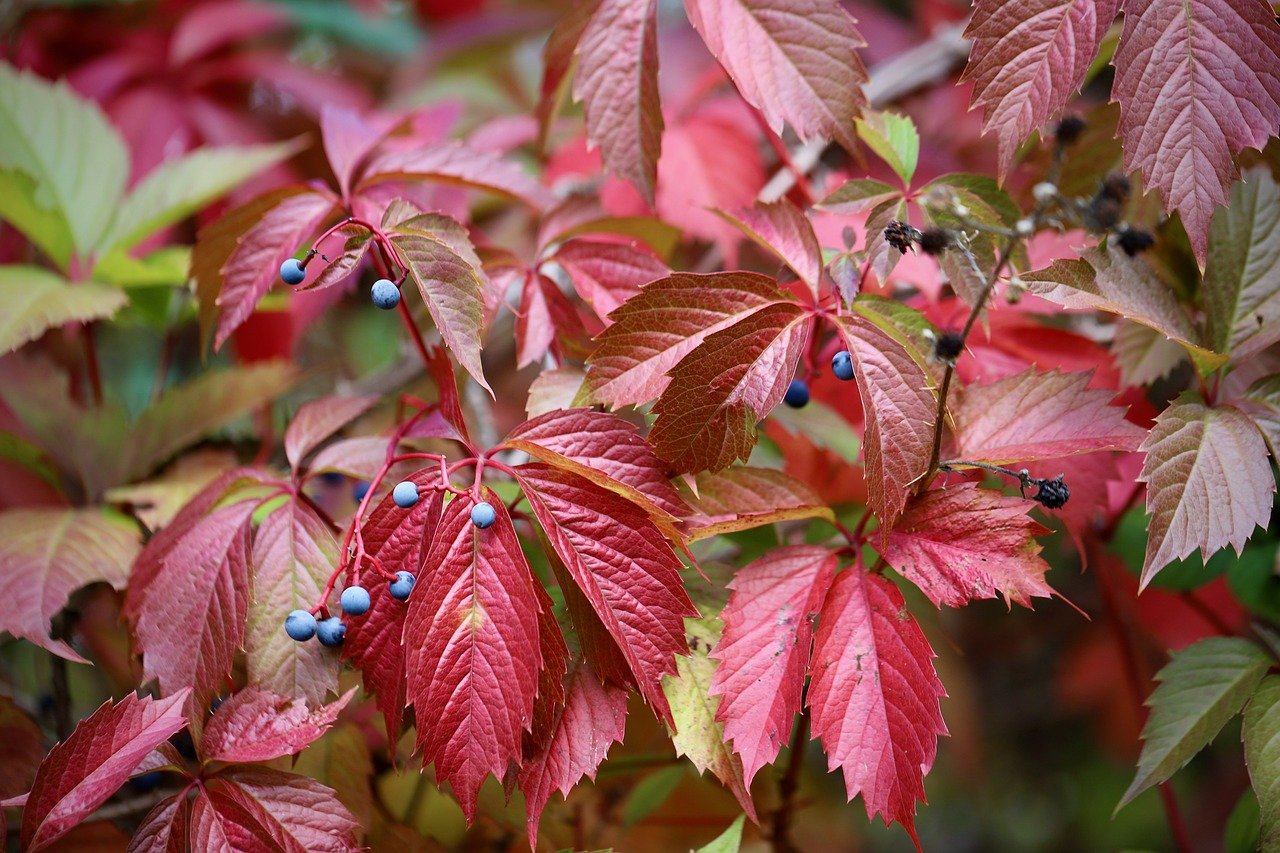
Geometric Designs
Geometric designs are like the secret sauce of one-color quilting, adding a modern flair that can transform a simple quilt into a stunning masterpiece. Imagine the sharp lines and clean angles of a geometric pattern dancing across your fabric, creating a visual rhythm that captivates the eye. These designs can range from basic squares and triangles to more intricate shapes like hexagons and diamonds, each offering a unique way to play with your chosen color. The beauty of geometric designs lies in their versatility; they can be bold and striking or subtle and sophisticated, depending on how you choose to implement them.
When working with geometric patterns, it's essential to think about the scale of the shapes you're using. Larger shapes can create a dramatic effect, making a strong statement, while smaller shapes can add a sense of intricacy and detail. For instance, a quilt made entirely of large triangles in varying shades of blue can evoke a sense of calm, while a quilt filled with tiny squares might feel more playful and dynamic. This interplay of size and color can greatly influence the overall mood of your quilt.
One of the most exciting aspects of incorporating geometric designs into your one-color quilting project is the opportunity to experiment with negative space. This is the area around and between the shapes, which can be just as important as the shapes themselves. By leaving certain areas of your quilt unsewn, you can create a striking contrast that highlights the geometric patterns. For example, imagine a quilt with a series of white triangles against a deep navy background; the negative space can enhance the visual impact, making the shapes pop even more.
To give you a better idea of how geometric designs can be structured, consider the following table that outlines some popular geometric patterns and their characteristics:
| Pattern | Description | Effect |
|---|---|---|
| Triangles | Simple shapes that can be arranged in various orientations. | Creates a dynamic, energetic feel. |
| Hexagons | Six-sided shapes that can form intricate tessellations. | Gives a modern, honeycomb effect. |
| Diamonds | Rhombus shapes that can add movement and flow. | Creates a sense of depth and perspective. |
| Squares | Classic shapes that can be arranged in grids or patterns. | Provides a structured, balanced look. |
As you explore the world of geometric designs, don't hesitate to mix and match different shapes. Combining triangles with circles, for example, can lead to unexpected and delightful results. The key is to maintain a cohesive color palette to ensure that your quilt feels unified, even with the variety of shapes. Remember, quilting is an art form, and there are no strict rules—only guidelines that can help you express your creativity.
So, are you ready to dive into the geometric realm of one-color quilting? With a little experimentation and a lot of imagination, you can create quilts that not only showcase your skills but also tell a story through their shapes and patterns. Whether you're aiming for a contemporary vibe or a more traditional feel, geometric designs can elevate your quilting game to new heights!
Q: What are the best geometric patterns for beginners?
A: Start with simple shapes like squares or triangles. These are easier to piece together and can help you build your confidence before moving on to more complex designs.
Q: How can I ensure my geometric quilt is visually appealing?
A: Pay attention to color contrast and negative space. Using different shades of your chosen color can add depth, while leaving some areas unsewn can enhance the overall design.
Q: Can I mix different geometric patterns in one quilt?
A: Absolutely! Mixing patterns can create a unique and dynamic look. Just make sure to keep a consistent color palette to maintain harmony.
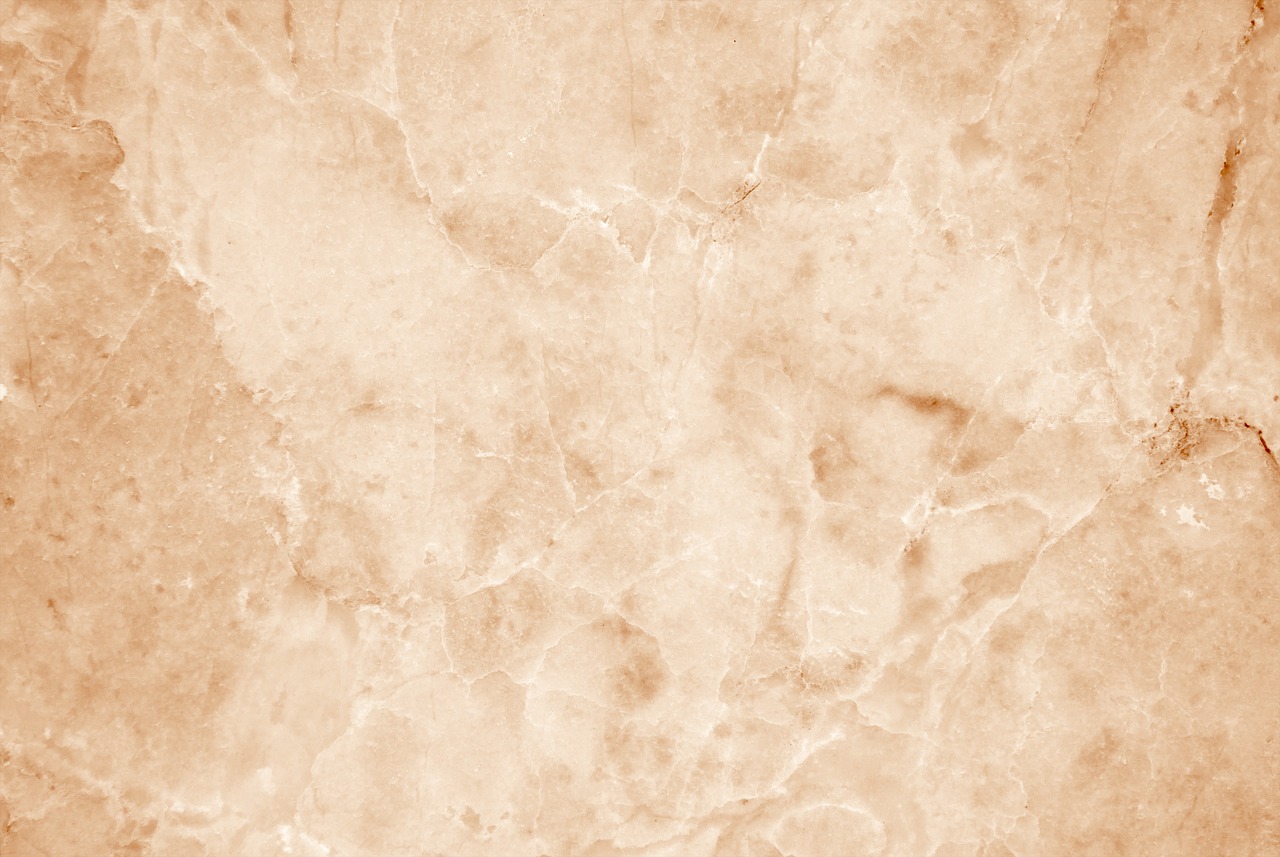
Floral and Nature-Inspired Patterns
When it comes to one-color quilting, can breathe life into your project, transforming a simple quilt into a stunning work of art. Imagine a quilt that captures the essence of a blooming garden or the serene beauty of a forest, all while adhering to the elegance of a single color scheme. The beauty of these patterns lies in their ability to evoke emotion and tell a story, all through the delicate interplay of shapes and lines.
Floral motifs, in particular, can be incredibly versatile. You can opt for bold, oversized blooms that make a statement or choose intricate, delicate designs that whisper elegance. The key is to maintain a balance between complexity and simplicity, ensuring that the quilt remains cohesive while still showcasing the beauty of nature. For instance, a quilt featuring large, stylized flowers in varying shades of blue can create a calming effect reminiscent of a peaceful summer day.
To achieve this, consider using different techniques such as appliqué or embroidery. These methods allow you to add depth and texture to your floral designs. Appliqué, for example, involves sewing a piece of fabric onto the quilt top, creating a layered look that adds dimension. On the other hand, embroidery can enhance the details of your floral patterns, giving them a hand-crafted feel that adds warmth and character to your quilt.
Nature-inspired patterns extend beyond flowers; they can include leaves, trees, and even abstract representations of landscapes. Each of these elements can contribute to a quilt that feels alive and connected to the natural world. For example, a quilt featuring leaf patterns in various shades of green can evoke the feeling of walking through a lush forest, with sunlight filtering through the leaves above. The subtle variations in color can create a sense of movement and depth, making the quilt visually engaging.
Here are a few tips to keep in mind when incorporating floral and nature-inspired patterns into your one-color quilt:
- Choose a focal point: Select one prominent floral design that will serve as the centerpiece of your quilt, ensuring it draws the eye.
- Vary the scale: Mix large and small motifs to create visual interest and balance throughout the quilt.
- Utilize negative space: Allow areas of the quilt to remain unembellished, which can help your floral designs stand out even more.
In conclusion, floral and nature-inspired patterns can elevate your one-color quilting project to new heights. By thoughtfully selecting and combining these elements, you can create a quilt that is not only visually stunning but also rich in meaning and emotion. So, grab your fabric, let your creativity flow, and watch as your quilt blossoms into a beautiful representation of nature's splendor.
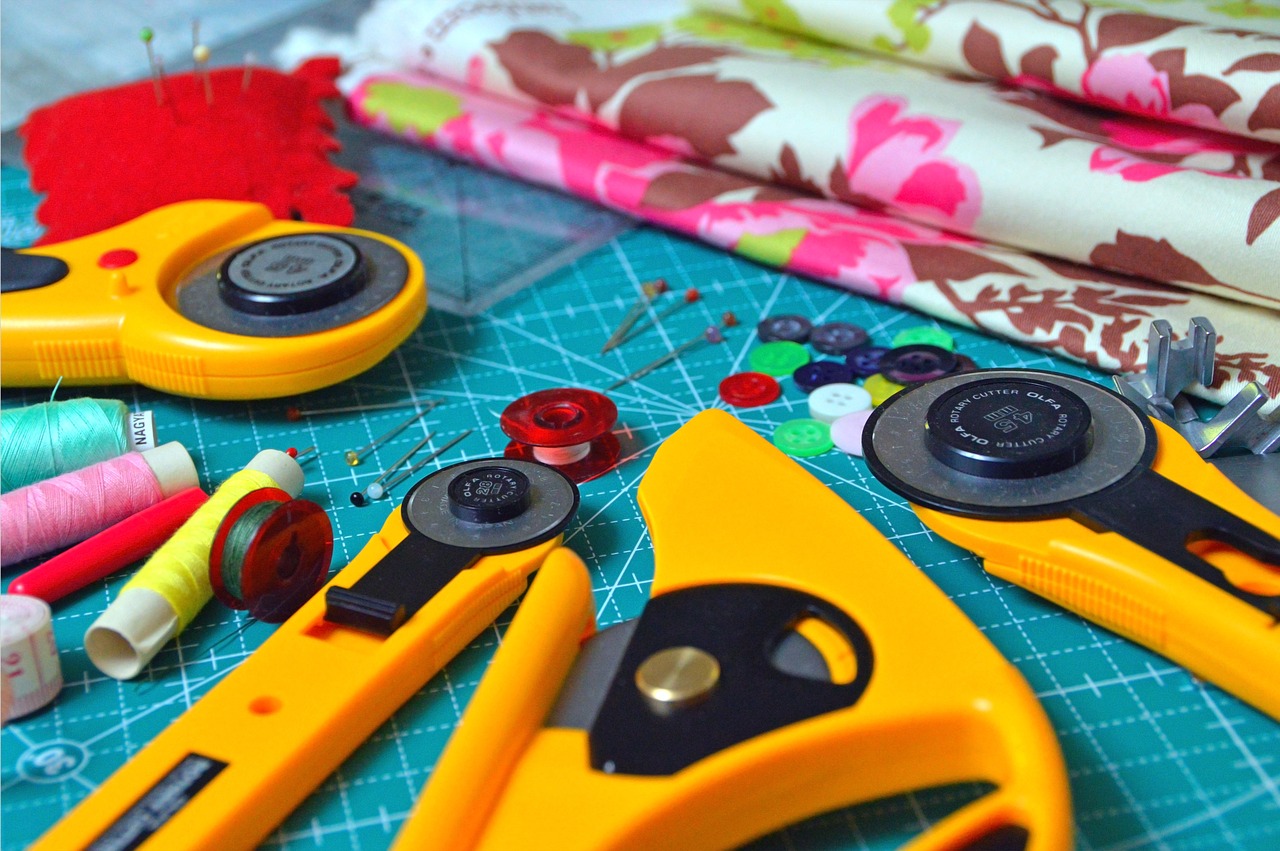
Tips for Successful Quilting
When embarking on your one-color quilting journey, there are several essential tips that can help ensure your project is not only successful but also enjoyable. First and foremost, planning is key. Before you even cut your fabric, take the time to sketch out your design. This will give you a clear vision of what you're aiming to create and can save you from potential mishaps down the line. Think of it like mapping out a road trip; the clearer your map, the less likely you are to take a wrong turn!
Next, measuring accurately is crucial. Use a reliable ruler and ensure your fabric is laid out flat. It’s easy to get caught up in the excitement and rush this step, but remember: a well-measured quilt is a well-loved quilt. If your pieces are uneven, they won't fit together properly, which can lead to frustration. Measure twice, cut once—this old adage rings especially true in quilting!
As you start piecing your quilt together, consider the sewing technique you are using. A consistent seam allowance is vital for maintaining the overall integrity of your quilt. Many quilters recommend a seam allowance of ¼ inch, but whichever measurement you choose, stick to it throughout the project. This consistency will help your quilt pieces align perfectly, resulting in a polished finish.
Another important aspect to consider is the pressing technique. Press your seams as you go along to avoid bulk, which can distort the quilt's shape. Pressing is like giving your quilt a little spa treatment; it smooths out the wrinkles and helps the fabric lay beautifully. Remember to use the appropriate heat setting for your fabric type to prevent any damage.
Don’t forget about troubleshooting common challenges. Quilting can sometimes feel like a puzzle, and pieces may not always fit together as planned. If you find that your quilt top is not lying flat, check for any puckers in the fabric. These can often be resolved by gently pulling the fabric taut and re-pressing the seams. If you encounter any fabric fraying, a quick application of fray check can save your project from unraveling.
Finally, always take the time to enjoy the process. Quilting should be a fulfilling and creative outlet, so don’t rush through it. Embrace each step, from selecting your fabrics to the final stitches. Celebrate your progress and remember that every quilt tells a story, often filled with laughter, learning, and a bit of love. So grab your fabric, your favorite snacks, and settle in for a cozy quilting session!
- What is one-color quilting? One-color quilting focuses on using a single hue to create beautiful patterns and designs, emphasizing the elegance of monochromatic aesthetics.
- How do I choose the right fabric for my quilt? Consider the texture, weight, and type of fabric. Cotton is a popular choice due to its durability and ease of use.
- Can I use different shades of the same color? Absolutely! Using various shades can add depth and interest to your quilt, making it visually appealing.
- What techniques should I know for successful quilting? Key techniques include accurate measuring, consistent seam allowances, and effective pressing methods to ensure a polished finish.
Frequently Asked Questions
- What is one-color quilting?
One-color quilting is a unique quilting style that focuses on the use of a single hue throughout the entire quilt. This approach highlights the beauty and elegance of monochromatic designs, allowing for a stunning visual impact while maintaining simplicity.
- How do I choose the right fabric for one-color quilting?
Selecting the right fabric is crucial for one-color quilting. Look for fabrics that offer a range of textures and shades within your chosen color. Cotton is a popular choice due to its versatility, but don't overlook linen or blends that can add unique characteristics to your quilt.
- Can I use different shades of the same color in my quilt?
Absolutely! Using various shades of a single color can create depth and visual interest in your quilt. By incorporating lighter and darker tones, you can achieve a dynamic look that adds dimension without straying from the monochromatic theme.
- What techniques are essential for one-color quilting?
Key techniques for successful one-color quilting include precise piecing, careful quilting, and effective binding methods. Mastering these techniques will enhance the overall design and durability of your quilt, ensuring it stands the test of time.
- Are there specific patterns that work best for one-color quilts?
Yes! Geometric designs and floral patterns are particularly effective in one-color quilting. Geometric shapes can add a modern flair, while nature-inspired motifs bring a sense of tranquility, allowing you to create stunning visual effects within your monochromatic palette.
- What tips can help ensure my one-color quilting project is successful?
To ensure a successful project, start with careful planning and measuring. Make sure to troubleshoot common challenges, such as fabric distortion or uneven seams, as they arise. Keeping a keen eye on details will help you achieve the beautiful quilt you envision.



















